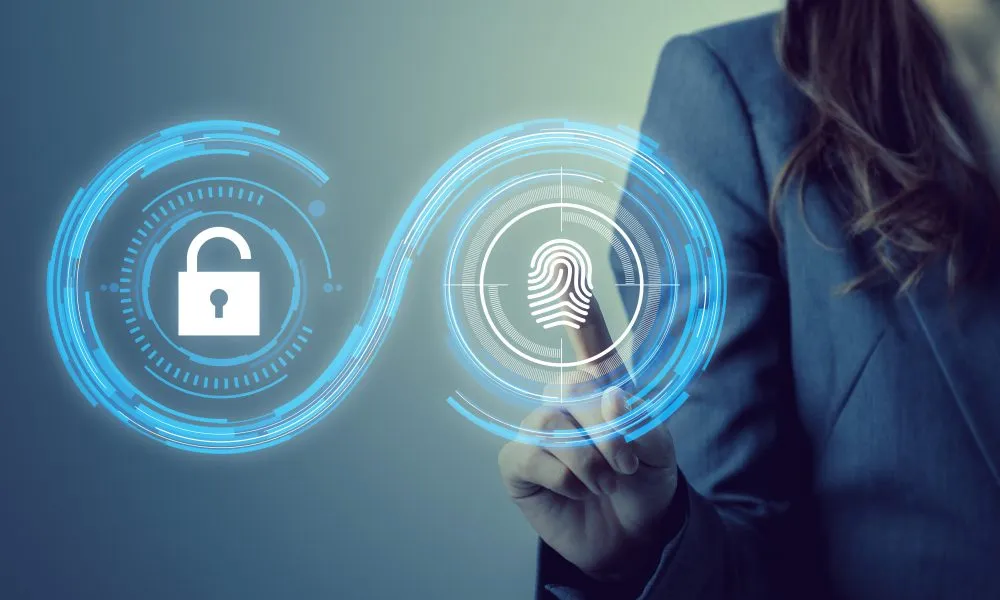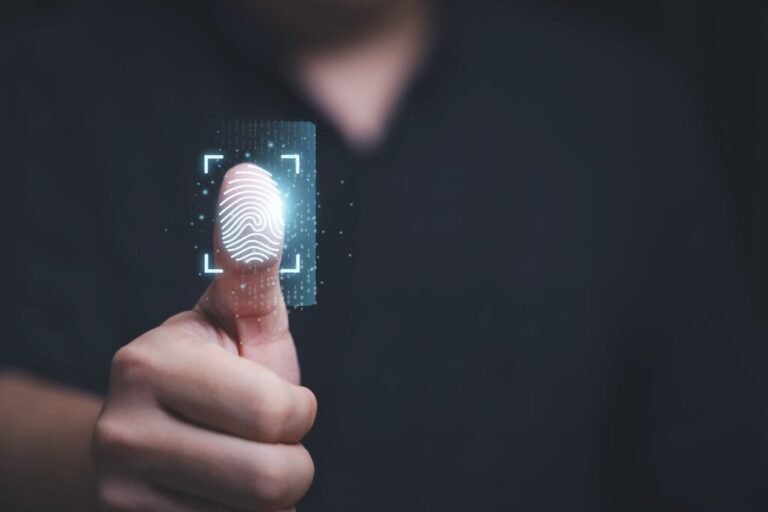
The digital world is rapidly evolving today, with most banking activities taking place online. That’s why digital identity is more important than ever. Your digital identity proves who you are in the virtual world, whether you’re applying for a loan, sending money abroad, or checking your account balance. The idea is important to make banks safer and more efficient, especially in the world of fintech, where technology and finance intersect. A secure and smart identity verification system is not just a beneficial idea but a necessity given the rise in online fraud and cyber threats. With a digital identity, you protect your data and make banking easier. Such protection is essential for maintaining trust in the financial world. Let’s take a look at how digital identity is transforming fintech, empowering people, and making the financial world smarter and safer.
What is Digital Identity in Fintech?
In the fintech world, a ‘digital identity’ refers to a digital version of your data that is used to ensure that you are who you say you are when you use financial services. You use it to access websites, apps, and banks, akin to an internet passport. Your name, date of birth, email address, biometrics, and even your behavioral patterns (such as how you type or swipe on your phone) are used to build this identity. Fintech companies use this data to ensure that the people using their services are who they say they are.
Finding the right balance between security and convenience is essential. Digital ID allows you to verify your identity instantly, which is faster and more secure than a long and cumbersome physical process. Digital identity is a key part of fintech innovation, as more and more people use their phones and computers to do their banking. It helps fintech companies comply with strict financial regulations, such as Know Your Customer (KYC) and Anti-Money Laundering (AML), while protecting customers.
Why Digital Identity Is Crucial to Banking Security:
When it comes to money, security is key. Your digital identity can protect your online financial transactions, but it’s becoming increasingly risky. Hackers and cybercriminals are constantly looking for new ways to steal personal information and gain unauthorized access to accounts. To protect themselves from these threats, digital identities use tools like encryption, biometrics, and AI-powered fraud detection. For example, facial recognition and fingerprint scanning ensure that only you have access to your account, while AI monitors for anomalous behavior.
This layered defense reduces the risk of identity theft, phishing, and data breaches. Strong digital identity systems reduce fraud and increase user trust, which is beneficial for banks. Financial institutions can quickly check someone’s name without compromising security, making the onboarding process faster and more reliable. Digital identities not only make banking more secure, but they also strengthen the entire financial system by preventing illegal activity and ensuring that only authorized users have access.
The Role of Digital Identity in Smarter Financial Services:
Digital identity is not only important for protection; it’s also the key to smarter, more personalized banking. Fintechs are excellent at personalizing experiences, and digital identities make that possible. When websites know who you are and how you use their services, they can provide you with the most appropriate features and recommendations. When you walk into your favorite coffee shop, the waiter already knows what you want. Financial and banking apps can also be personalized with digital identities. They could suggest loan products based on your credit history or budgeting tools based on your spending, for instance.
Everyone benefits: people get more useful services, and companies can keep their customers happy and retain them longer. Digital identities can also automate tasks like checking credit, approving loans, and opening accounts. The system can quickly assess verified digital data, so better decisions can be made without the need for manual review. This means users get access to financial services faster, and fintechs can run their businesses at a lower cost.
How Biometric Authentication Can Improve Digital Identity Security:
One of the most advanced and reliable ways to prove your digital identity is through biometric authentication. This method uses unique biometric characteristics, such as fingerprints, facial structure, voice patterns, and even iris scans, to identify people. Biometrics are difficult to copy and less likely to be lost or stolen than passwords or PINs. The banking industry is quickly adopting this technology to enhance security and convenience.
For example, some mobile banking apps now allow you to log in using your face or fingerprint, eliminating the need to remember complicated passwords. It also speeds up the identity verification process, allowing people to complete transactions in seconds. Biometric authentication is trusted not only by customers but also by regulators and financial institutions. It significantly reduces the risk of fraud and identity theft, giving users confidence that their accounts are secure. Biometric systems are likely to become more accurate over time and are an essential part of digital fintech identity models.
Conclusion:
Digital identity is not just a futuristic idea; it is what makes modern financial technology work. It is a very important part of making banking safer, better, and more personal. Digital identities give people access to a wide range of financial services and strong security measures to manage their money safely. As financial technology continues to develop, people are becoming increasingly reliant on their digital identity. It is not just about getting money into your bank account faster; it is about making the digital marketplace safe so that everyone can participate. We are not only keeping our money safe by using digital identities; we are also changing the way we interact with money for the better. It is the key to making banking smarter, safer, and more open for everyone.
FAQs:
1. What is the focus of digital identity in the financial world?
The main goal is to securely confirm users’ names online so that they can safely use financial services and prevent fraud and cybercrime.
2. How do digital names protect you from fraud?
Biometrics, encryption, and artificial intelligence monitoring are some of the advanced technologies used to safeguard user identity and detect suspicious behavior in real time.
3. Is it safe to use biometric technology for online banking?
Yes, biometrics are very secure because they use unique biological characteristics that are difficult to copy or steal. This makes them more secure than a regular password.
4. Can I use the same digital name across multiple fintech platforms?
Yes, many digital identity solutions work in tandem with other systems. This feature means that you can use the same secure identity to prove your identity across platforms.
5. What changes do you think digital identity will bring to financial technology in the future?
More accurate biometric systems, decentralized identity models based on blockchain, and identity management based on artificial intelligence are making everything more personal and secure.





